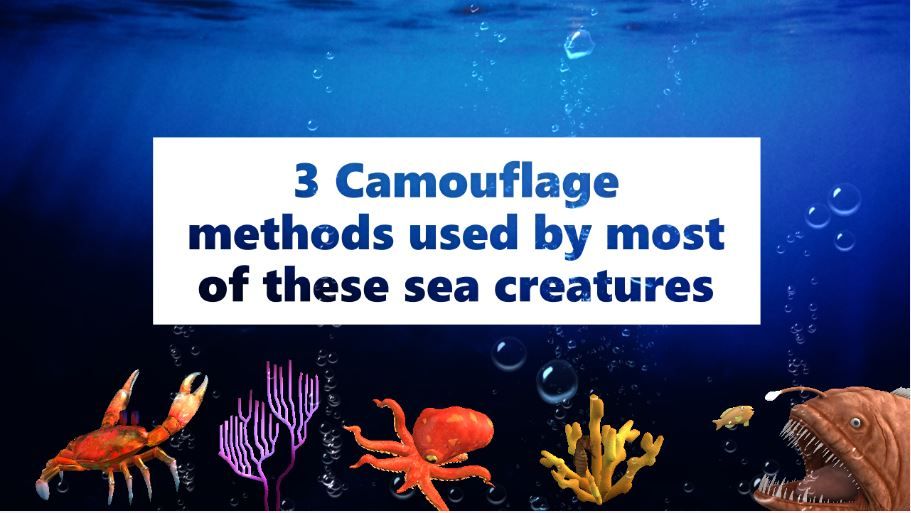Camouflage mechanism in sea creatures is quite common. The most known sea creatures that are brilliant at faking are as follows:-
- Stone fish
- Flounder
- Octopus
- Predatory frog fish
- Ghost pipe fish
- Pygmy sea horse
- Coleman shrimp
- Crinoid shrimp
- Crocodile fish
- Leafy sea dragon
- Spider crabs (decorator crabs)
- Marine hatchetfish (bioluminescent)
- Cuttle fish (chameleons of the sea -bioluminescent *)
- Scorpion fish
- Squid
- Angler fish
- Wobbegong shark (carpet shark)
- Sea urchins
We can rate their camouflage based on their ability to match their surrounding, from the master of disguise to the lifesaver.
How do most sea creatures use camouflage?
- Through matching their colours
- Adapting to the shape & texture of the object they intend to fit in
- Mimicking the movements of their surroundings or a host
What is camouflage concerning sea creatures?
Camouflage is an action or transformation of any living creature to hide its identity or attract others.
Among sea creatures, it works the same way. The most popular and well-known purpose is to either attract or wade away others. These two purposes have great significance in their lives.
These underwater creatures have the ability by nature to adapt to their surroundings. Here the survival instincts come into action.
What do these camouflage methods provide?
- Let others know that there is food here, so come and get it (e.g. Angler fish)
- Attract opposite gender show their presence
- Power
- Talent
- Danger
- Show their stealth technique
- Hide from other predators
- To catch the prey
- Live under safely
These two terms intermingle based on the circumstances and the situation.
These camouflages have two known milestones:
- Change of colours & blend into the environment around them
- Change of the body shape to blend in without getting detected
These two have reasons, one of which is not getting noticed to hunt or get hunted. The second is to escape if cornered by the predator or humans.
How does a stonefish camouflage itself?
Stonefish uses a naturally camouflaged body that is similar to its surroundings. It appears like a rock underwater, making any fish or divers wonder where the stonefish is hiding.
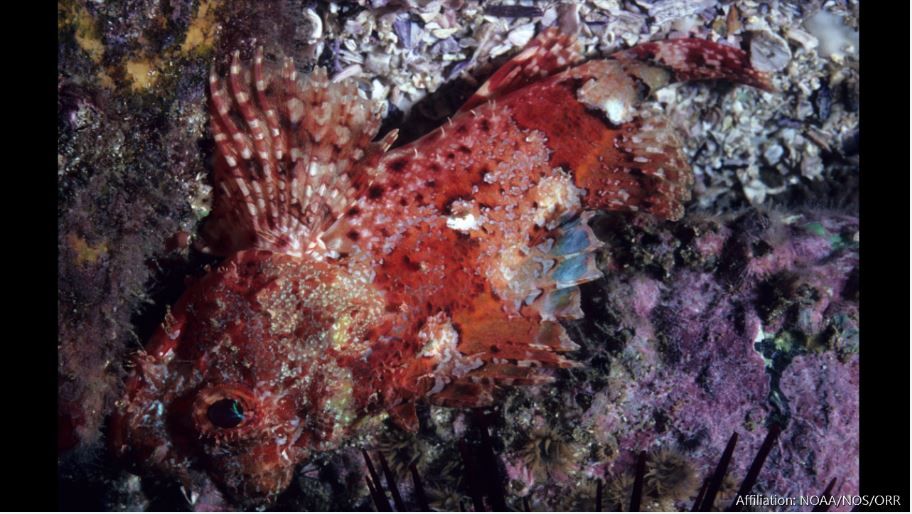
An observation of stonefishes indicates that they generally do not use their venom underwater. In these two situations, they may use their poison. One is when they are under attack, and the other is when applying pressure on their spine. The habitat of these fishes is among or close to coral reefs, making them virtually invisible once they blend in.
Does a stonefish change its colour?
No reports indicate that they can change their colour to blend in. However, their shape makes it possible to blend in between the rocks near coral reefs.
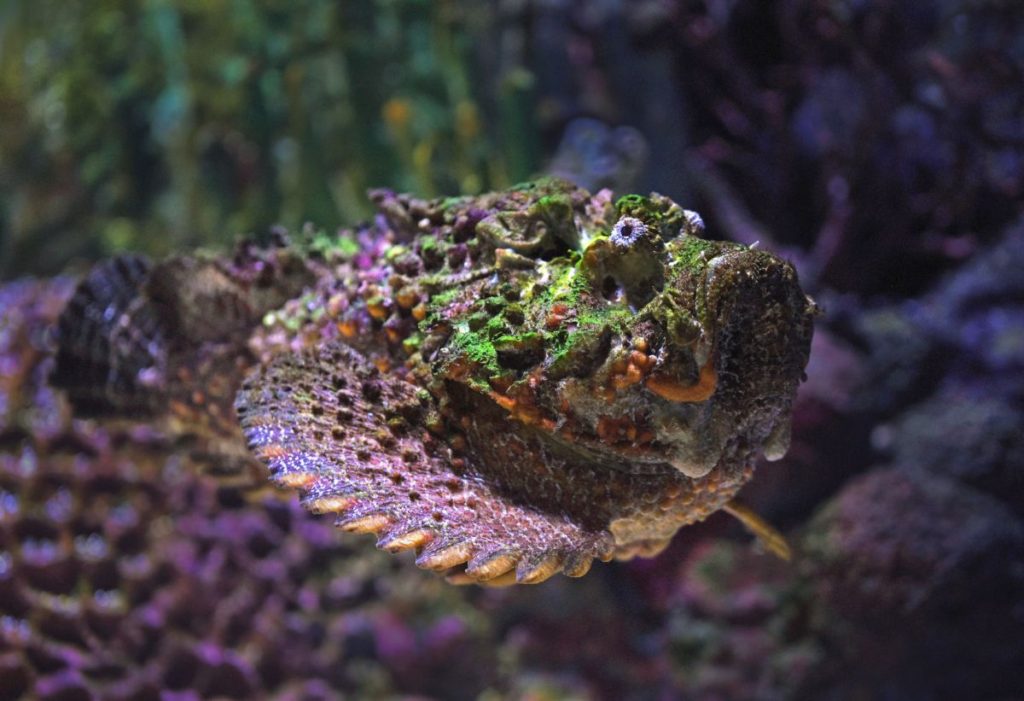
Flounder’s camouflage like a checkerboard
A famous experiment sheds some light on the ability of a flounder to camouflage. This experiment begins by placing a flounder in the water whose base is a checkboard, and it finally changes its colour like a checkboard.
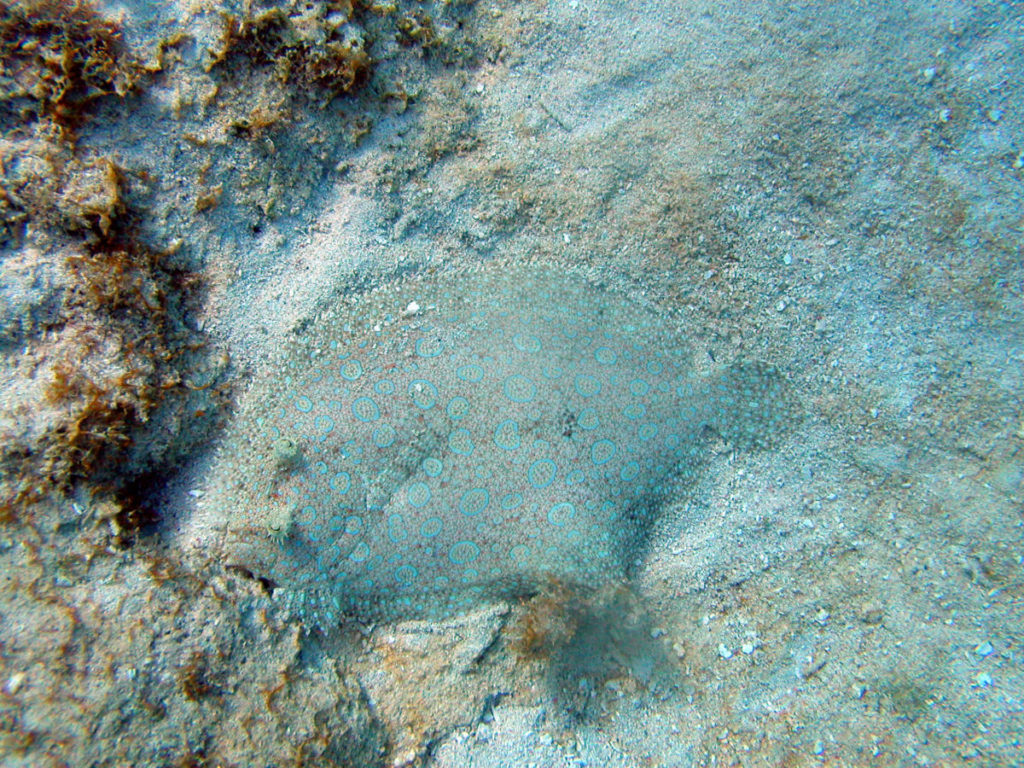
What affects the coloration of a flounder?
By changing the relative visibility of chromatophores, color and pattern changes are achieved (melanophores, xanthophores, erythrophores, iridophores, and leucophores).
A full explanation is well published in ncbi article. It was noted that flounders were unable to camouflage or match the surroundings on a rocky surface area.
What is meant by chromatophores?
A pigment bearing cell. It is present in the natural covering of an organ also known as integument.
Its function is to regulate the body colour of an organism either by expanding or contracting. It is present in the organisms that change their colour.
How does Octopus change its colour & shape?
Octopus can not only change its colour easily but also change its shape. It is also known as the master of disguise. There are plenty of experiments we get to see wherein an octopus is trapped and manages to escape.
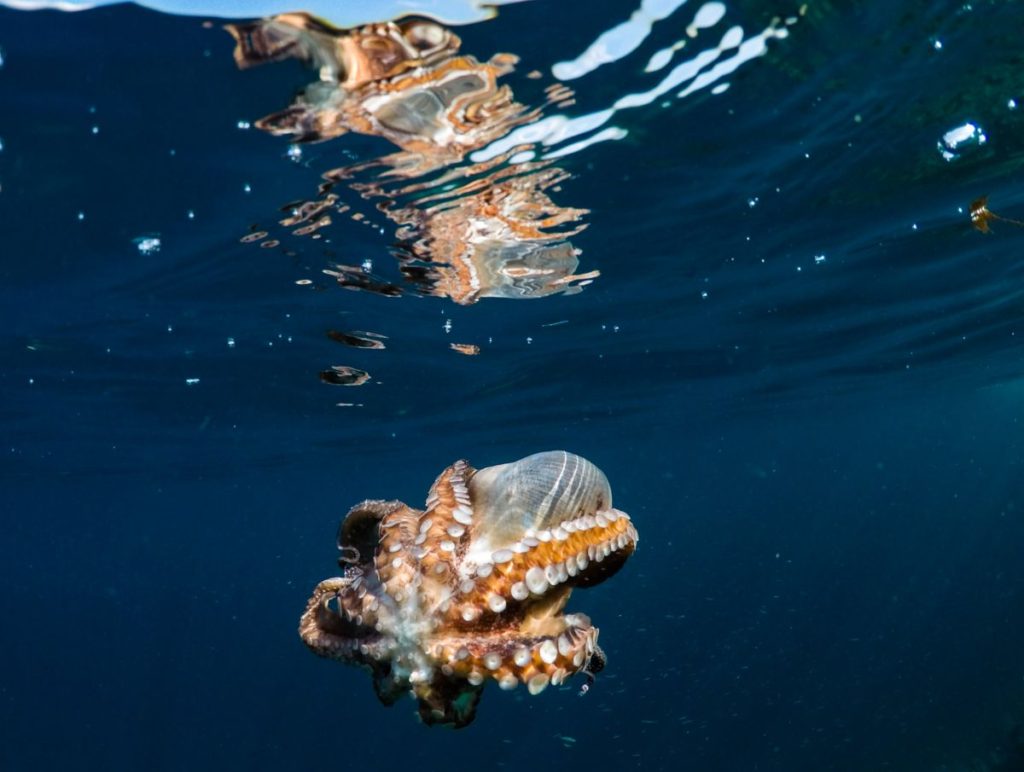
Octopus changes its shape with the help of papillae ( a small bump like structure under their skin). The Best part of octopus changing its shape is when it tries to escape narrow areas.
Predatory frog fish method of camouflage
Their method of camouflage helps it in two ways. One being able to blend into its surroundings and hide from its predator which is moray eels. Second is to hunt for prey.
It also uses a bait like an antenna which may resemble a worm. One more advantage it has is it uses its pectoral & pelvic fins that look like tiny legs to walk around the seafloor. They appear as if algae or a sea sponge.
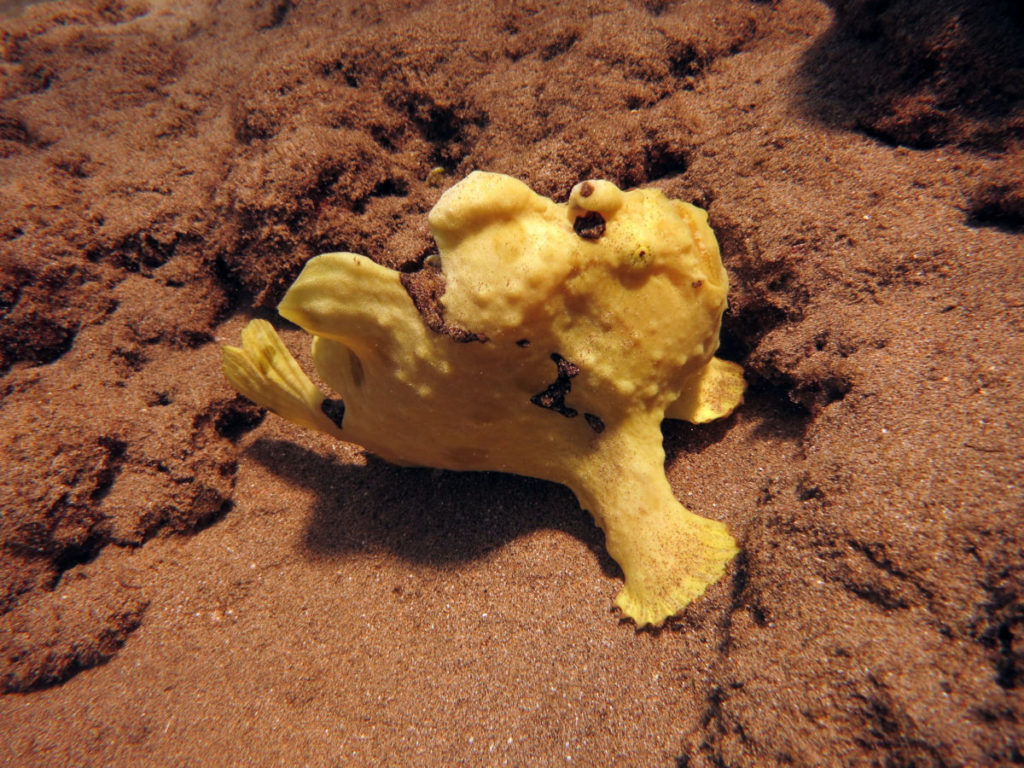
What is the camouflage of ghost pipefish?
It hides in seagrass, algae, and sponges. They come in different colours. They can also change their colours & have their appearance similar to the corals they live in ( similar to the plants or algae).
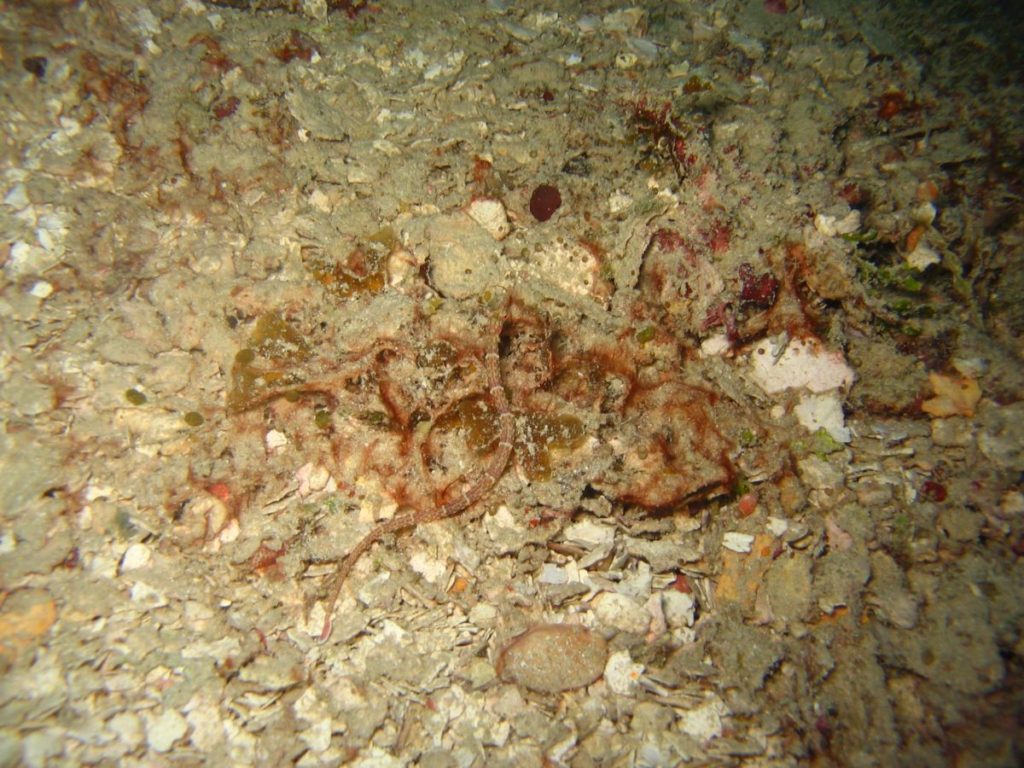
They sometimes look like a seaweed floating underwater. Also many a time they hide along with a reef that moves with the waves. This is another method of pipefish to blend in the background.
How do Pygmy sea horses camouflage itself?
By living on a sea fan and blending in it makes them hide from their predators. As babies the coral they land on they blend in into its colour.
Tubercles (small bumps) that grow on them makes it even more effective disguise. The sheer size of this sea horse is one of the main points in its camouflage.
It simply adds to its capabilities of blending into its surroundings. The coral they live on is generally soft and waves along the ocean current underwater.
Camouflage mechanism in coleman shrimp
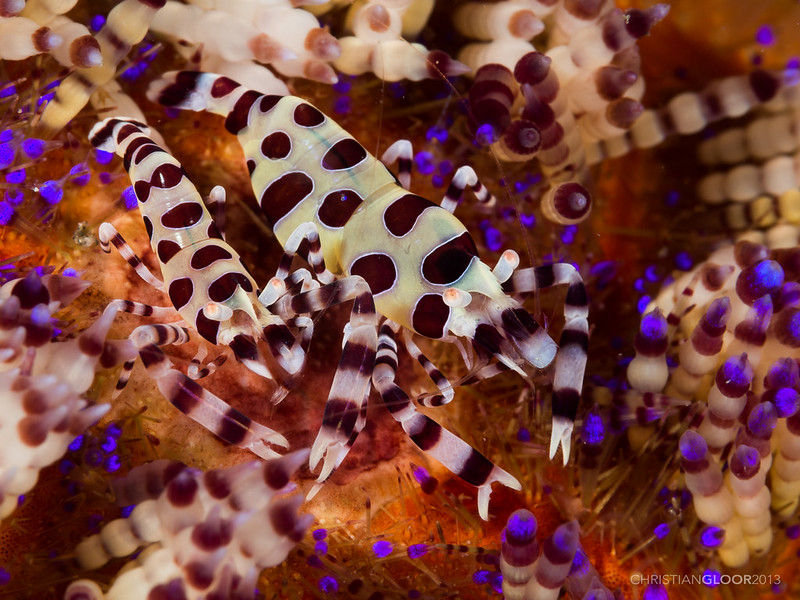
They hide among fire urchins matching their colours. Fire urchins have sharp and poisonous stings.
Crinoid shrimp although small in size uses its colours to blend in. Its host is feather star so it sticks to it lives its life.
How do Crocodilefish camouflage?
Crocodilefish camouflage is identical to the stonefish and scorpionfish. They use their naturally camouflaged body. The unique point in its camouflage is its eyes which is also not like other common sea creatures.

It means their colour and texture matches the rough & sandy ocean floor. Generally they are seen around the rocks and sandy or rough algae filled surfaces.
How do Leafy sea dragon camouflage?
Leafy sea dragon uses its leaf shaped skin tags attached on its body as a camouflage from its predators.

It also uses the movements and mimics just like a seaweed or a kelp. Since it lives among the seaweed or kelp.
Decorator crabs are different in blending themselves
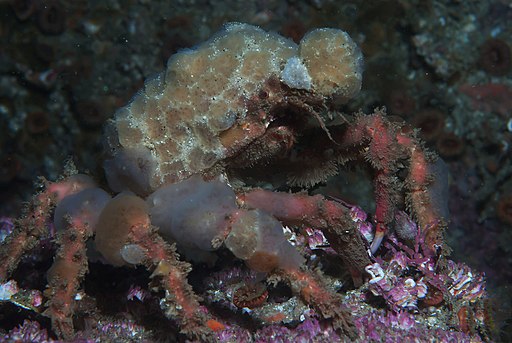
Decorator crab simply picks up things from the surroundings and decorates it on itself. The above image clearly shows its camouflage. Hence the name decorator crab. It looks weird but it helps them stay safe in the unsafe environment of the ocean.
What does a marine hatchet fish do to hide from predators?
Marine hatchetfish uses its bioluminescent body to hide and adjusts its light based on the surrounding light.
Cuttle fish has a unique disguise
Cuttle fish has an impressive and so accurate way of blending in the surrounding. We can give it a position quite close to the octopus even.
Just like a flounder and checkboard experiment even cuttle fish is able to match to the check board patterns.
It even has an ability to illuminate in the dark. It uses these features inorder to survive itself and even hunt for food.
Identifying how a Squid blends in to its surrounding
It uses the same chromatophores as other species to blend in. It nonetheless is unable to mimic the texture since it doesn’t live at the bottom mostly unlike octopus.
Angler fish camouflage is similar to stone fish
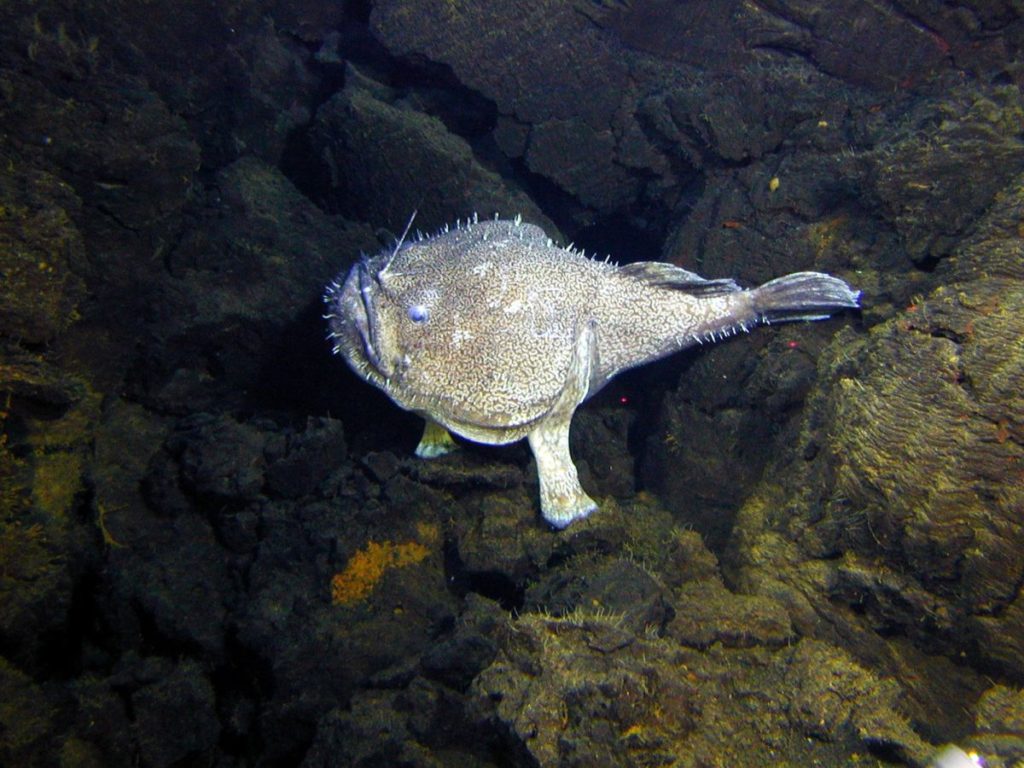
They appear like a rock with algae on it and stay still.
Wobbegong shark surprisingly use camouflage
These sharks appear almost invisible when they are still on the sea floor. They are bottom dwelling sharks hence also known as carpet shark.
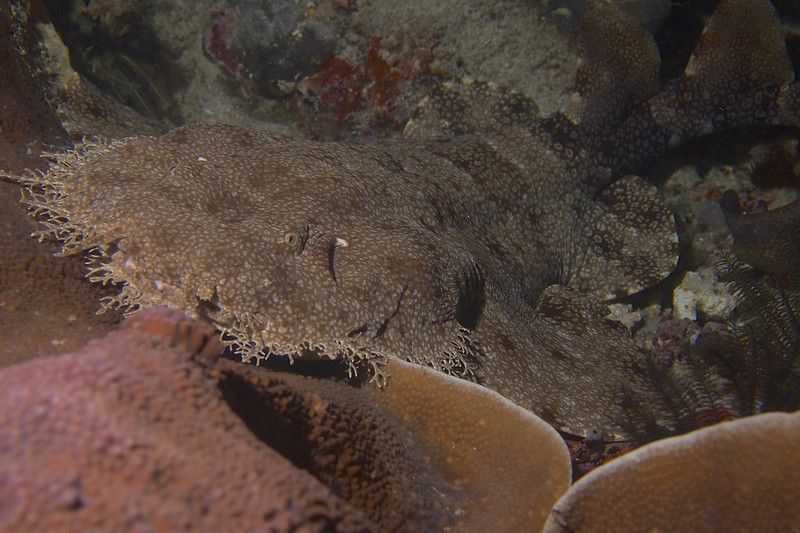
Unlike other known sharks, these wobbegong sharks don’t need to keep swimming. They can breathe in one place too with simply moving water out of its gills.

